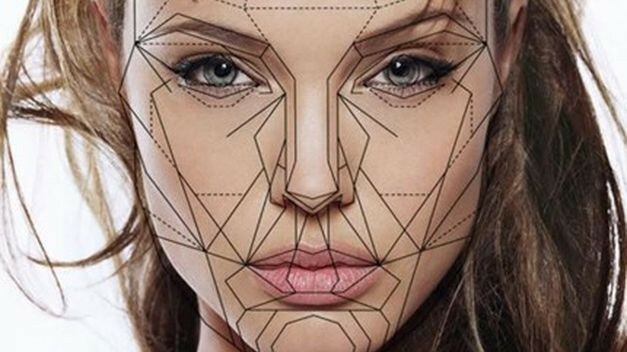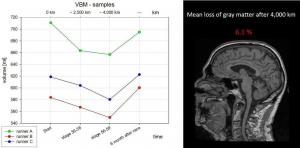The keys to beauty of the female face, according to science
Although it is well known that human perception of beauty is based on certain cultural factors, some researchers have attempted to elucidate the immutable root of the beautiful.
In this way, numerous studies have asked, throughout history, why some faces seem more beautiful than others, isolating the cultural or subjective arguments.
- Do you know that there is a discipline that studies the relationship between facial features and personality?
Beauty in the female face: detecting the keys
Scientists from the universities of San Diego and Toronto have studied the female face in depth. Removing from the spotlight some culturally valued facial features in Western society of nowadays, such as full lips or large eyes, researchers have noted that there are new «golden ratios»That make up a face that turns out to be more attractive.
Specifically, these proportions have to do with the distance between both eyes, the mouth and the facial contour.
- Related: Why do we find people more attractive when we drink alcohol?
Investigation
The research was carried out through four independent experiments in which different university students were presented pairs of women with very similar facial characteristics, but with their eyes more or less separated and at a variable distance from the mouth.
A matter of proportions
The students rated as more attractive those women whose vertical distance between their eyes and their mouth was approximately 36% of the length of the face, and the horizontal distance between their eyes represented 46% of the width of the face. One of the curious data that the study revealed was that these proportions correspond to an average face. With a tape measure, the same facial analysis can be repeated with a woman who wants to participate.

“It has been impossible for generations to find these relationships. Ancient Greece promoted its version of the golden ratios, also known as divine proportion, and they used this knowledge in art and architecture. Several scientists have suggested that Leonardo Da Vinci himself had these proportions in mind when he painted the Mona Lisa, ”says Pamela Pallett, one of the lead researchers.
Palett is of the opinion that this ancient proportion does not explain the modern perception of beauty. He therefore considers that the study has succeeded in determining that the distance between the eyes, the mouth and the facial contour is the true proportions that we perceive as beautiful.
The key is in the average
Some experts indicate that this proportionality may be related to an individual cognitive process, in which the observer accepts as ideal an average of proportions of all the faces that he sees during his life. They also explain that these proportions are usually linked to an indicator of good health, and both biologically and evolutionarily we tend to consider these faces more beautiful.
The hairstyle can also influence
The research suggests a very interesting point, which has to do with the influence of the haircut on beauty: «The study also sheds light on the question of why sometimes a person seems less attractive or vice versa after a haircut or a different hairstyle, and this is because the proportions that we perceive can be altered ", says the professor at the University of Toronto Stephen Link, another of the researchers.
Bibliographic references:
- Link to original study

